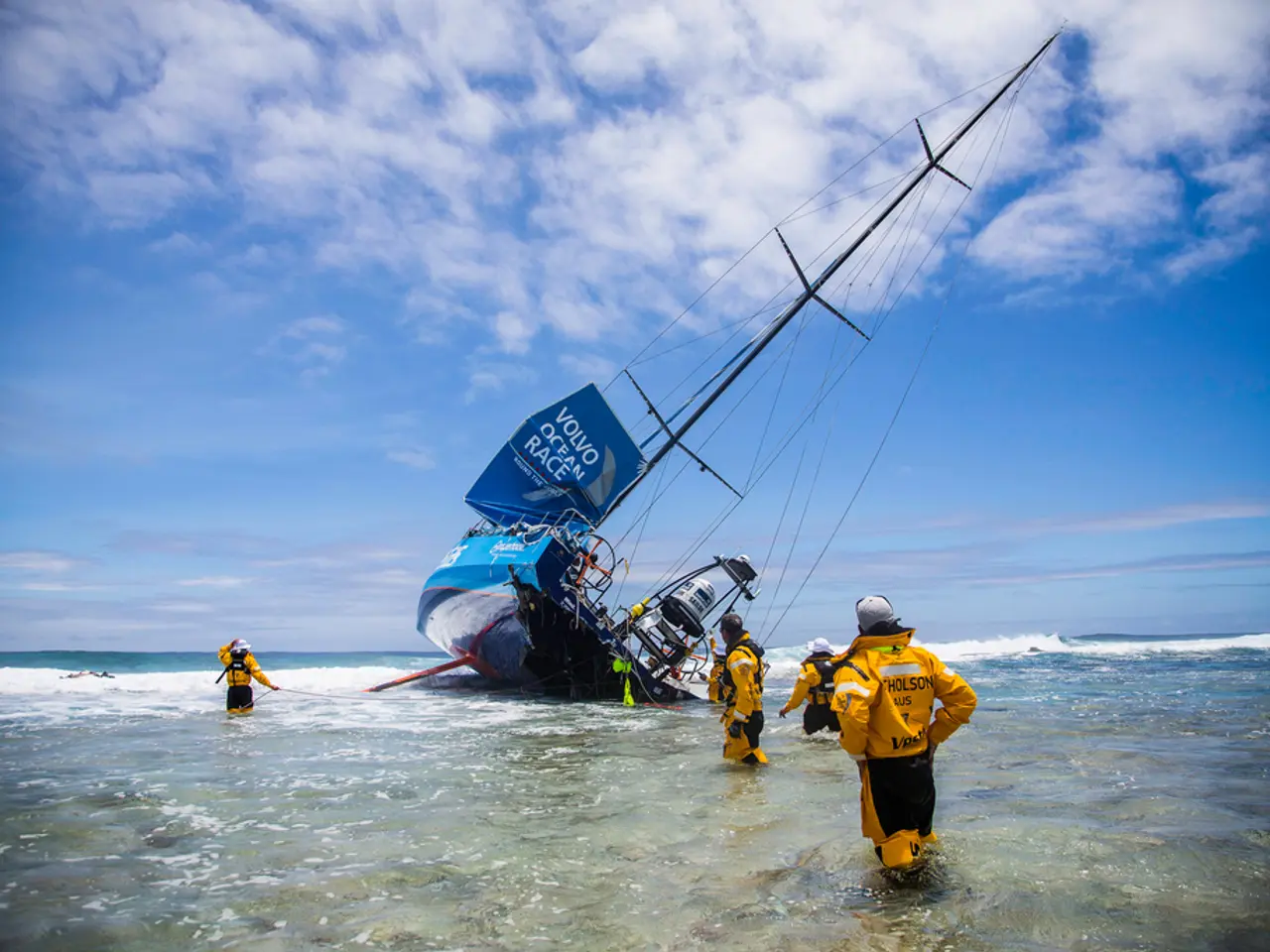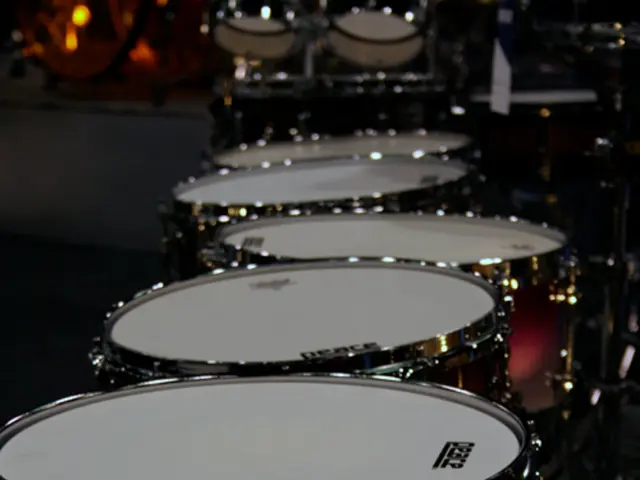Worker from Yakutia discloses reasons behind water-related fatalities
In the Megino-Kangalassky district of Yakutia, Russia, a tragic boat capsizing incident occurred on July 22, resulting in one drowning near the Khaptagai salt lake. This incident underscores the importance of effective prevention and response strategies to ensure safety on Yakutia's water bodies, particularly given the region's harsh and remote Arctic conditions.
Prevention
To mitigate boat capsizing risks, strict adherence to safety regulations and operational standards is crucial. This includes proper maintenance and operation of boats, especially in icy and extreme weather conditions common in Yakutia and the Russian Arctic.
Training boat captains and crews in handling Arctic conditions and emergency preparedness is also essential. Ongoing skills improvements are emphasized in Russian rescue services, with cooperation with neighboring countries like China, to enhance rapid and smooth assistance in border waters.
Equipping boats with adequate safety and rescue equipment suitable for icy waters and possible severe weather is another key preventive measure. This includes flotation devices and robust communication tools.
Monitoring and upgrading vessel fleets to cover Arctic rescue needs is also critical, as the current Russian rescue fleet faces delays in expanding, which is critical given the increasing traffic on Arctic routes.
Response
In the event of a boat capsizing incident, rapid deployment of specialized rescue vessels and coordinated rescue missions involving Russian emergency services is vital. These services have experience in Arctic conditions and conduct joint patrols and exercises to strengthen rescue capabilities.
Rescue fleets equipped for deep-sea and harsh weather operations, including vessels with pressure chambers, diving equipment, and helipads, support comprehensive rescue operations even in the most challenging Arctic environments.
Coordinated international cooperation, such as between Russia and China, enhances response times and operational efficiency in emergencies in the border waters relevant to Yakutia.
Investigating incidents thoroughly to address causes and prevent recurrence is also important, similar to investigations following industrial accidents in the region.
Safety Tips for Boaters
If a boat capsizes, swimmers should swim to the shore gradually, diagonally, and with the river's current. Once on shore, immediate action is required, such as removing, wringing out, and putting back on clothes.
In such situations, panic can lead to unnecessary thrashing and energy loss. Therefore, it's crucial to remain calm and hold onto floating objects.
To signal to searchers that you're alive and need to be found, create a 'flag' on shore. Unfortunately, since the start of the season, six people have gone missing on water bodies in Yakutia, with bodies of five missing individuals retrieved from river and lake beds.
To avoid capsizing, it's necessary to inspect the vessel and know the river's channel before setting off. Boats can capsize due to strong currents, high waves during bad weather, improper mooring, or flipping the capsized boat over again by not grabbing the sides.
In Yakutia, the most common cause of water accidents is the capsizing of boats, with alcohol consumption and sudden immersion temperature shock also contributing to drownings.
Despite limited specific data on local prevention measures for Yakutia's inland waters, these recommendations are primarily derived from broader Russian Arctic maritime safety practices and regional emergency service cooperation. Ground-level improvements in infrastructure, training, and rescue fleet capabilities remain central to mitigating boat capsizing risks in Yakutia.
From May to early August, rescuers evacuated 10 injured people on water bodies in the republic. Divers have retrieved bodies from the Viluy, Suntar, Verkhoyansk, Verkhnevilyuy, and Nyurbinsky districts.
Six Yakutians went missing in the Nyurbinsky, Megino-Kangalassky, Amginsky, Hangalassky, Srednekolymsky, and Churapchinsky districts. These incidents underscore the need for continued efforts to improve prevention and response strategies to ensure safety on Yakutia's water bodies.
Science can play a significant role in improving safety on Yakutia's water bodies by analyzing and proposing sustainable solutions for boat operation, maintenance, and design in the Arctic conditions. This could involve research on materials for building boats that are resistant to icing and extreme weather, as well as investigating more efficient methods for boat propulsion.
In the realm of health-and-wellness and fitness-and-exercise, promoting physical fitness among boat captains and crews is essential for their ability to respond swiftly and effectively during emergencies. Regular exercise can help increase endurance, reduce stress, and improve overall health, making individuals better equipped to handle the challenges of Arctic conditions. Additionally, educating boaters about the dangers of cold water shock and providing training on how to cope with it could reduce the number of drownings in Yakutia's water bodies.







